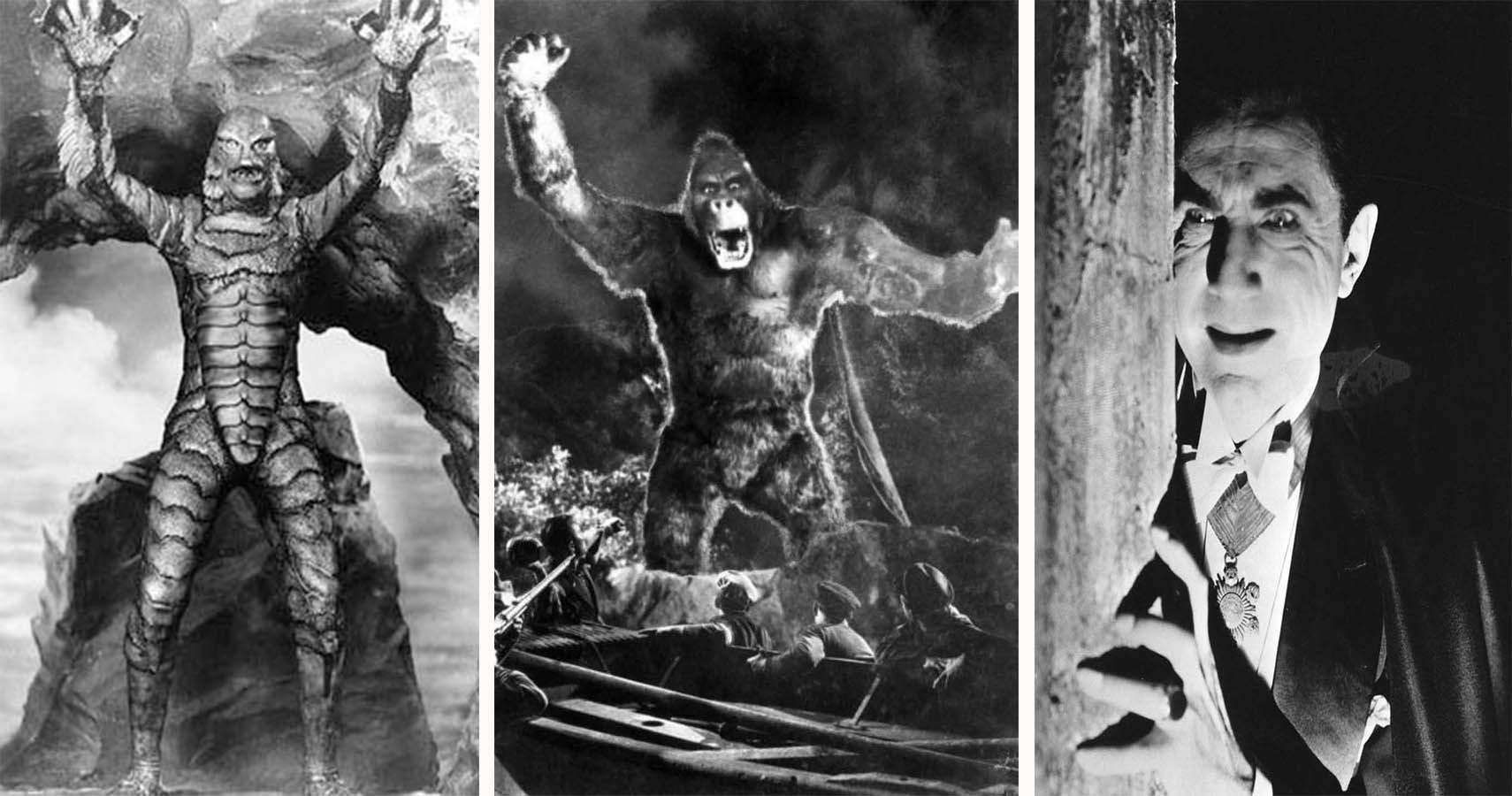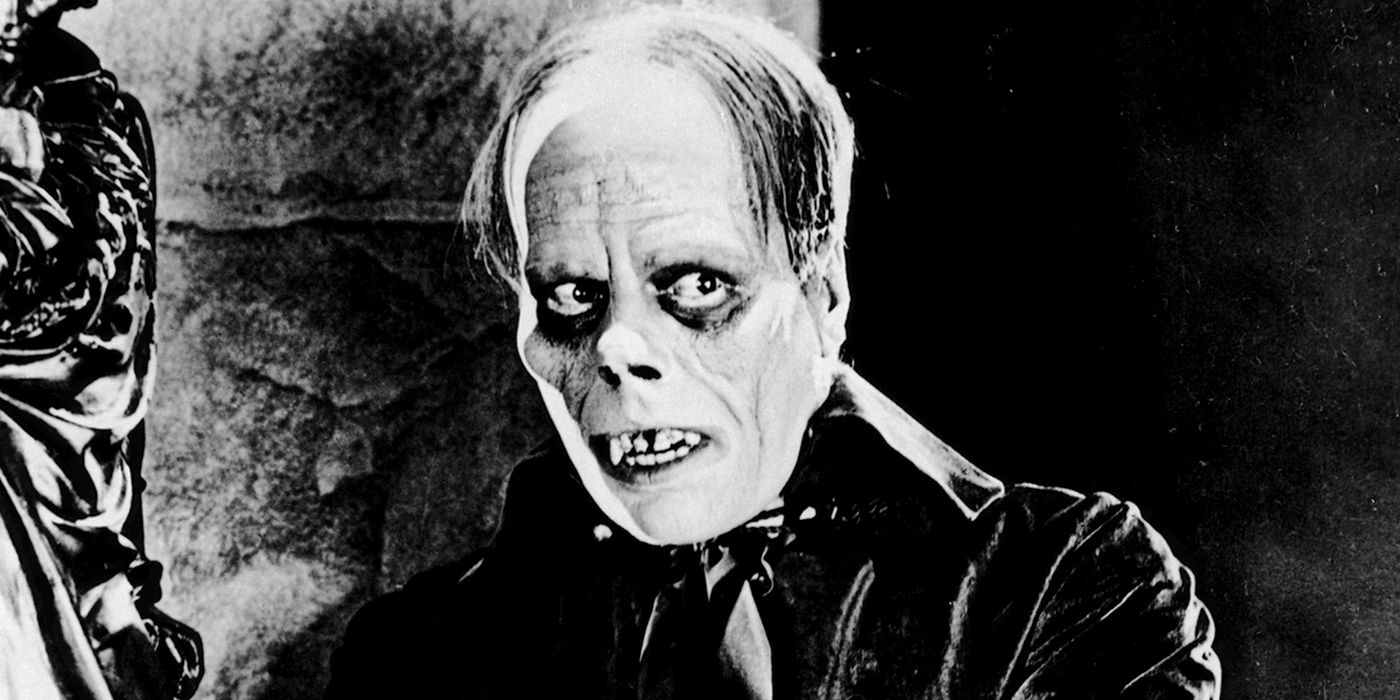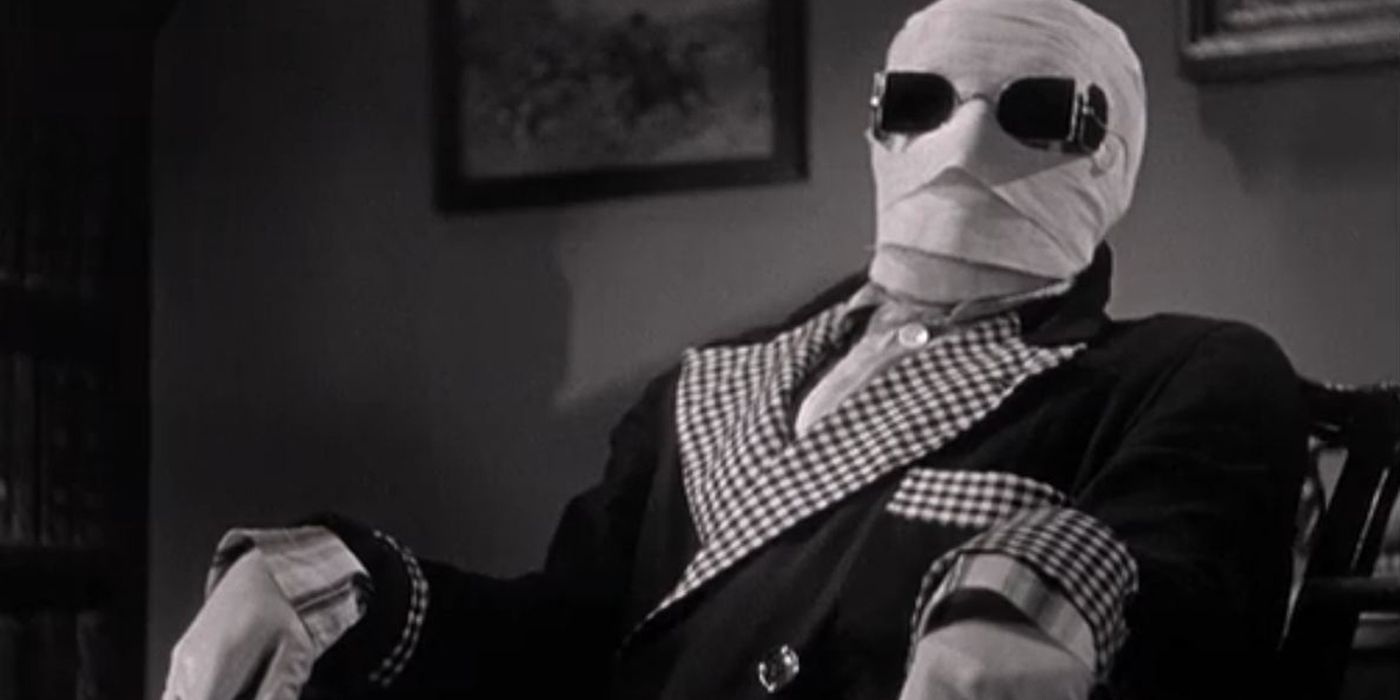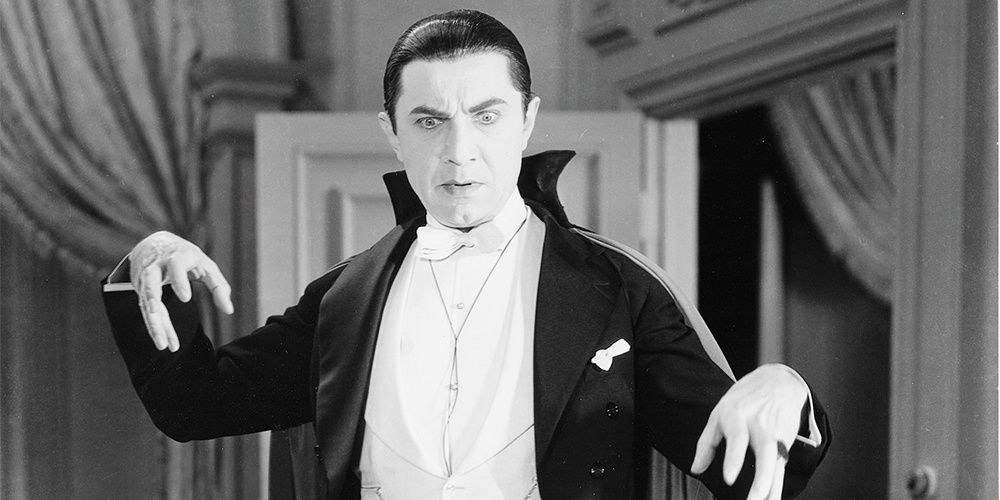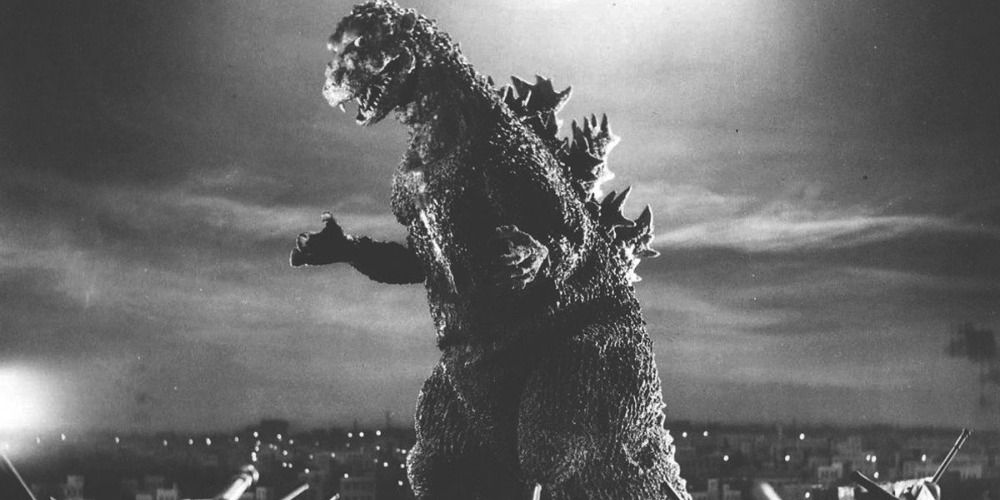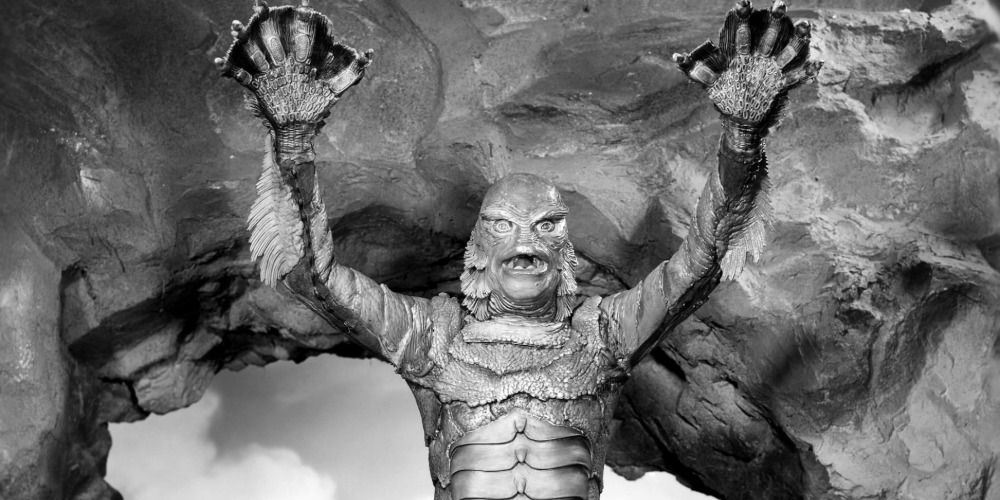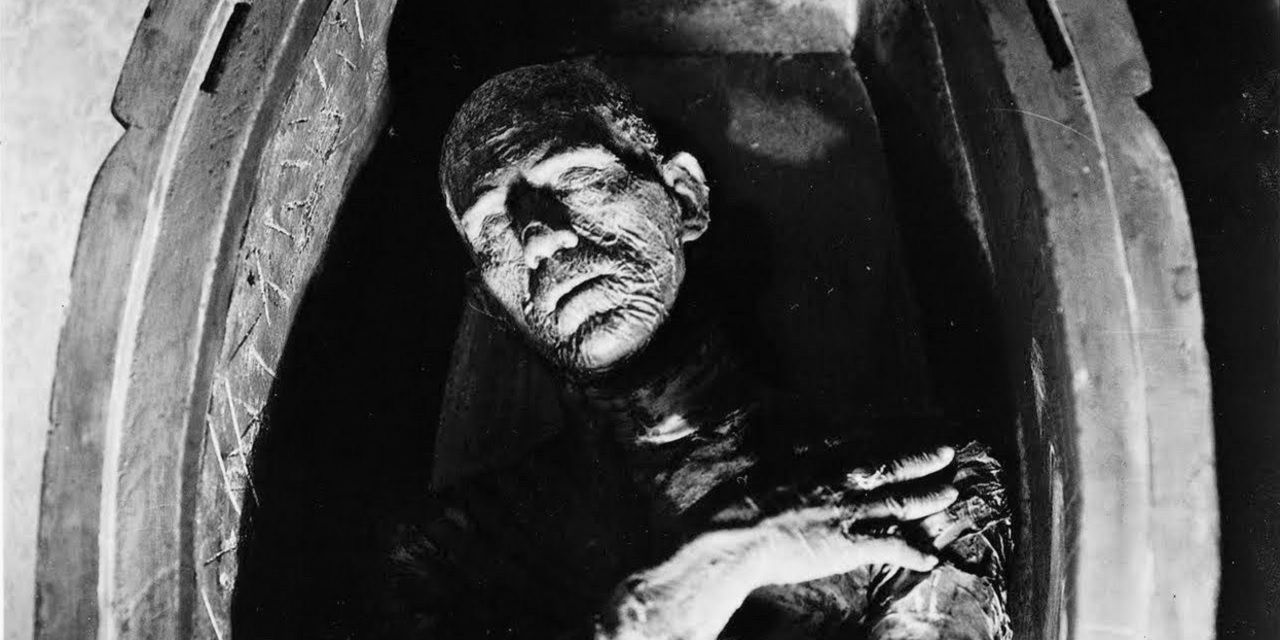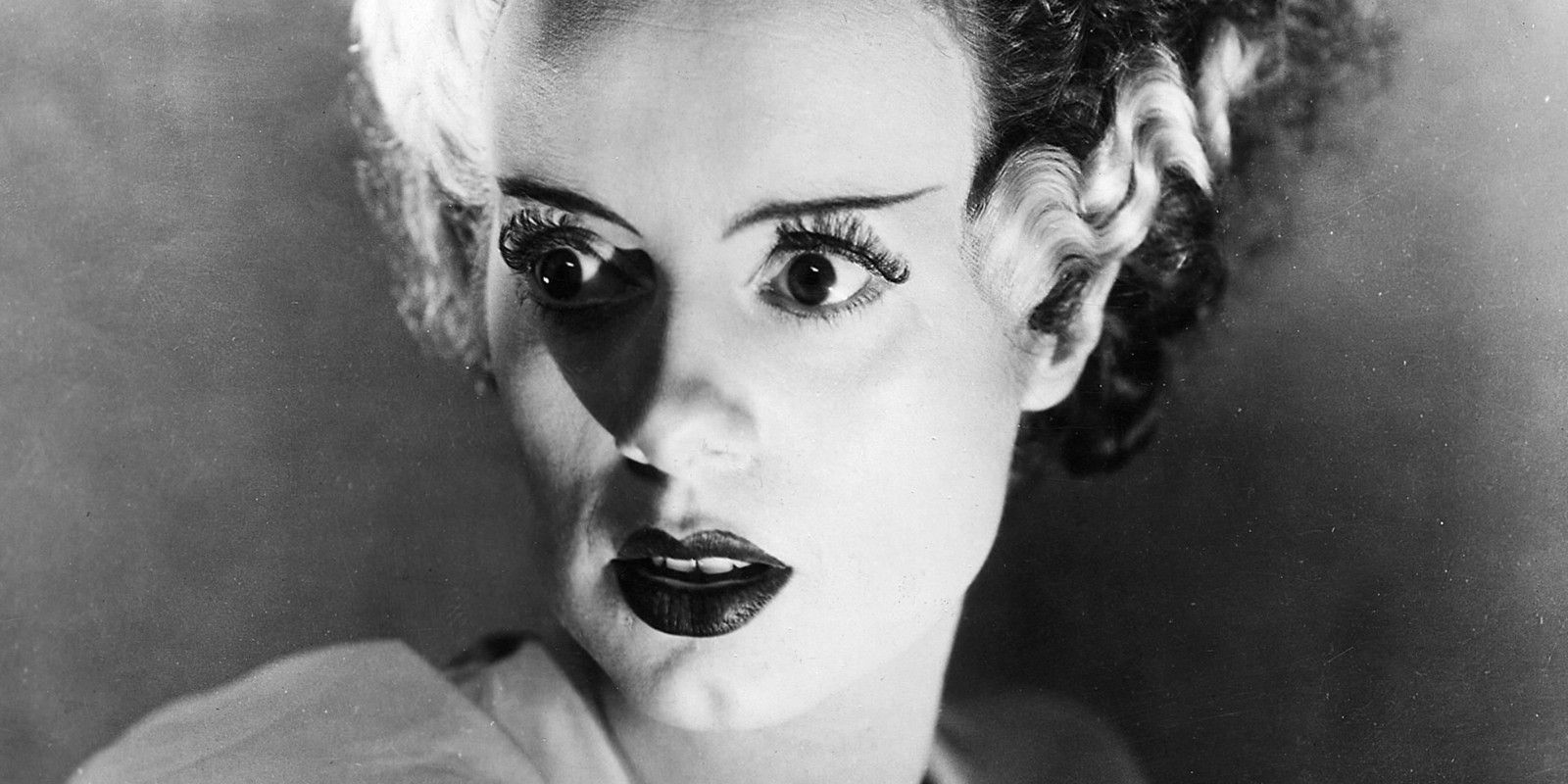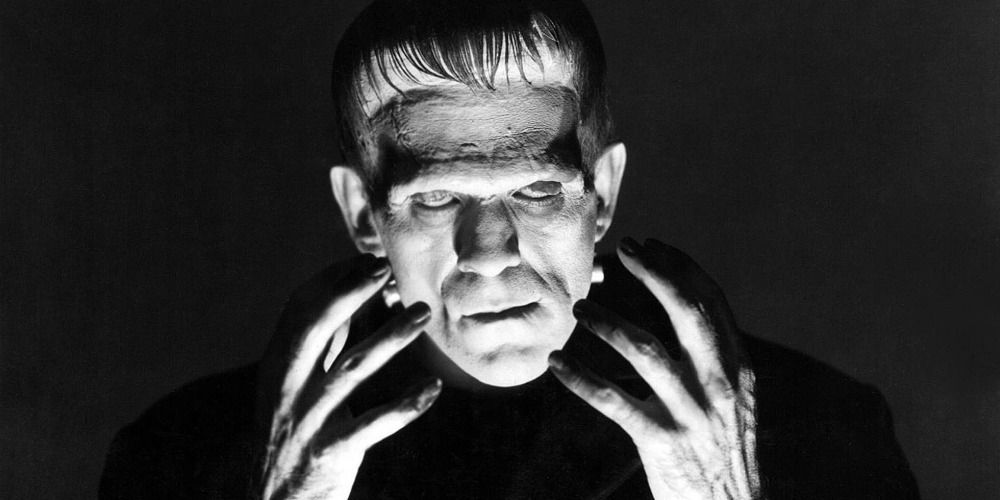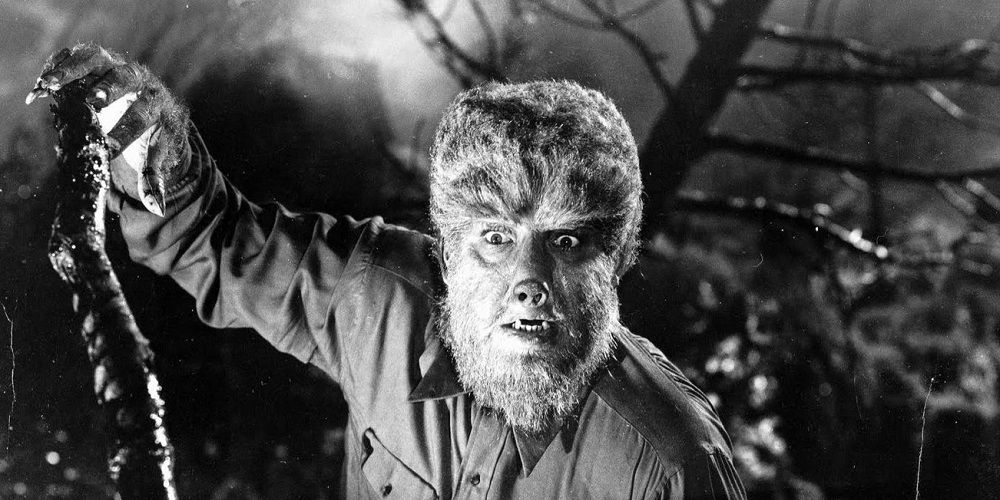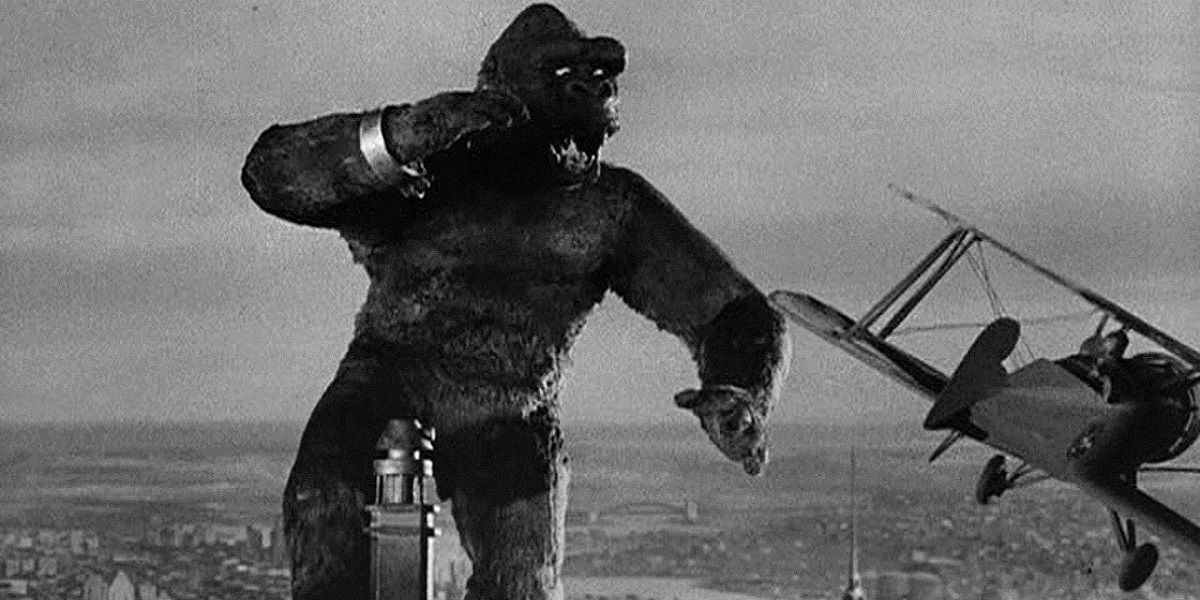Modern cinema-goers have no shortage of blood-curdling villains to entertain them on Halloween. Whether it’s the infamous Jigsaw torturing unwitting victims or Annabelle haunting some poor household, Halloween is never a cause for withdrawal for cinematic adrenaline junkies.
Hollywood has had a love affair with horror film villains since at least the ‘30s, when Bela Lugosi’s Dracula, Boris Karloff’s Frankenstein’s Monster, and Lon Chaney Jr.’s Wolfman stalked the silver screen. However, they were loved just as much as they were feared, although some were significantly more likable and sympathetic than others.
THE PHANTOM OF THE OPERA
Thanks to the Andrew Lloyd Webber stage musical and its Gerard Butler-led big screen adaption, modern audiences are most familiar with the Phantom of the Opera as a tragic and lovelorn figure, engendering a large degree of pathos and sympathy.
This is a far cry from his depiction in 1925’s silent feature, The Phantom of the Opera, where the legendary Lon Chaney presents a cruel, evil, and utterly unsympathetic character. With a twisted soul that matches the horridness of his appearance, this Phantom’s malicious intentions have more in common with his characterization in the original novel by Gaston Leroux than any pouty and pining protagonist, making him thoroughly loathsome.
THE INVISIBLE MAN
No offense to Kevin Bacon, but Claude Rains will always be the king of the Invisible Men. His turn as H.G. Wells’ protagonist in 1933’s eponymous The Invisible Man put the "mad" in “mad scientist” and established the pattern of portrayal for the character for decades to come.
Jack Griffin’s experiments in chemistry may have given him invisibility, but it also drove him hopelessly and violently insane. Despite accounts from his friends and lover of being a decent, stand-up citizen before his accident, Rains’ portrayal of him onscreen is so murderously cruel that it’s hard to sympathize with the character.
DRACULA
The indelible image of the vampire - a suave and sophisticated Eastern European potentate bubbling with sexiness and impeccably dressed in a black suit and cape - can be directly linked to the impact of Bela Lugosi’s portrayal of the most famous vampire of them all, Dracula, in the 1933 film of the same name.
Despite the seductiveness of Lugosi’s Transylvanian count, there’s no ornate, centuries-spanning love story here to redeem him. This Dracula is pure evil, ready to corrupt and kill the women of English high society at the drop of a top hat.
GODZILLA
One of the most endearing traits of classic movie monsters is their longevity, as generation after generation reinterprets them differently. One of the most prolifically re-envisioned characters is the "King of All Monsters" himself, Godzilla.
Whereas his debut film depicted him as a destructive force of nature akin to a walking atom bomb, subsequent films cast him as chief amongst Earth’s defenders, fighting off interplanetary threats like the alien King Ghidorah. Modern films have picked up on that and cast the giant lizard in a heroic light, at least, as heroic as a 200-foot, radioactive, fire-breathing monster can be.
THE CREATURE FROM THE BLACK LAGOON
The Creature from the Black Lagoon is notable for adding a spectacular monster to the pantheon of onscreen baddies in the form of the Gill-Man, and for being the feature film debut of a young Clint Eastwood. Following a typical 1950’s sci-fi B-Movie plot, the creature is discovered on a scientific expedition to the Amazon and subsequently causes chaos and death to the search team that discovered it.
Although the Creature’s visual look is somewhat fascinating, and there’s a certain amount of pathos that’s engendered when watching an animal try to defend itself, it wears thin after seeing several team members get killed.
THE MUMMY
Modern audiences may be most familiar with The Mummy through Brendan Fraser’s series of films or Tom Cruise’s ill-received attempt at creating a shared cinematic “monsterverse,” but arguably, the best interpretation remains Boris Karloff’s in the 1932 film of the same name.
Here, all the familiar tropes of The Mummy films are present. In addition to curses, archeological expeditions, and spells, the plot centered around a revived Egyptian priest named Imhotep searching for the reincarnation of his ancient love. The story itself is captivating enough for audiences to sympathize with the character, especially when bolstered by Karloff’s deft and sympathetic portrayal. Despite his misguided homicidal tendencies, it’s impossible not to root for Imhotep to achieve his goals.
THE BRIDE OF FRANKENSTEIN
The Bride of Frankenstein is one of the rare examples of a film surpassing the original in terms of quality. Picking up on plotlines from Mary Shelley’s novel, the film involves Frankenstein’s monster and Dr. Pretorius (Dr. Frankenstein’s mentor) manipulating the young doctor into duplicating his experiment to give the monster a female companion.
What followed was a philosophic examination of what constitutes the nature of life, as well as what makes human relationships so vital to existence. Although the Bride only appeared on screen long enough to let loose her iconic scream, the tragic genesis of her life and the circumstances of her death make her extremely sympathetic to audiences.
FRANKENSTEIN’S MONSTER
In much the same way as Tod Browning’s Dracula, James Whale’s Frankenstein deviates from the source material significantly but creates a new template for the character that would be utilized for decades of future films.
Still, despite the creature being depicted as an inarticulate brute (and not as a learned and autonomous being) the overarching theme of humanity’s hubris in attempting to mimic God is fully explored. Unfortunately, the innocent victim of the story is the Creature himself, who was brought to life against his will and forced to attempt to navigate existence without any support or guidance. Although he ends up killing people (including a little girl), he does so out of ignorance and not malice, which makes him pathetically lamentable and sympathetic to the audience.
THE WOLFMAN
What would Halloween be without a werewolf, and what would any list concerning classic horror villains be without Lon Chaney Jr.'s Wolfman?
Chaney Jr. stars as average joe Larry Talbot, who through no fault of his own, gets attacked and bitten by a werewolf. As anyone versed in even elementary werewolf lore knows, Talbot will himself become a wolf at the next full moon. Talbot’s likeability not only comes from his everyman qualities but from the audience’s sympathetic reaction to the unfairness of his plight. Through the film, audiences are rooting for Talbot to do away with his lupine curse and rejoin the human race.
KING KONG
In the realm of classic movie monsters and their sagas, there is none more poignant than that of King Kong. The master of his prehistoric island, Kong's savage brutality was quelled by his feelings of love for Anne Darrow, a human woman.
His inability to set aside that love literally cost him his life, as the bi-planes he swatted to protect her finally killed him. In much the same way one would sympathize and grow to love a wounded animal, audiences invariably feel quite a measure of love for the giant ape.

